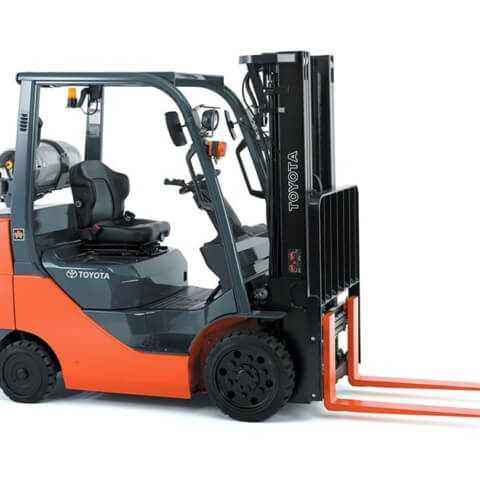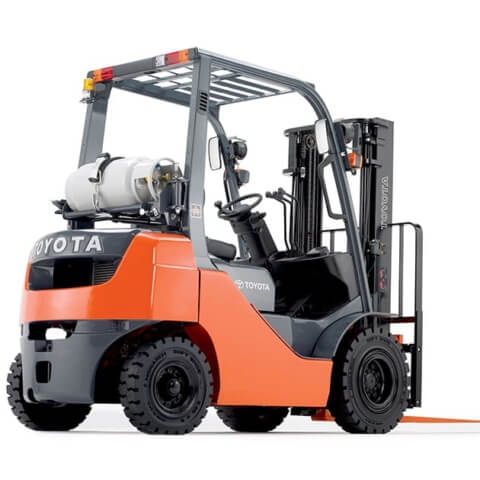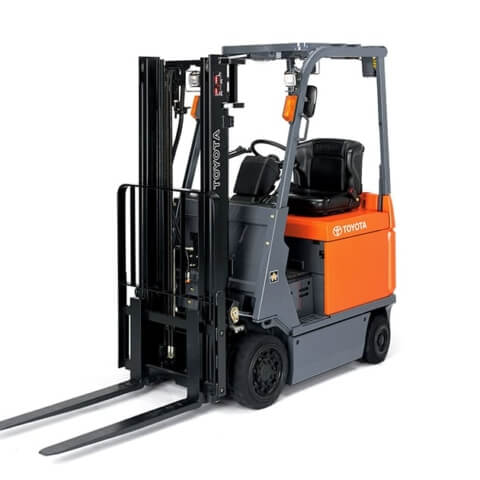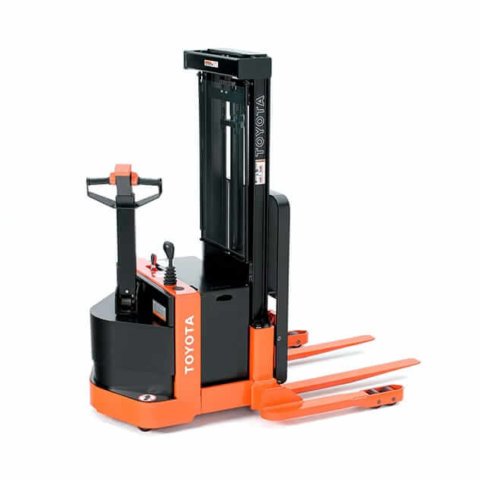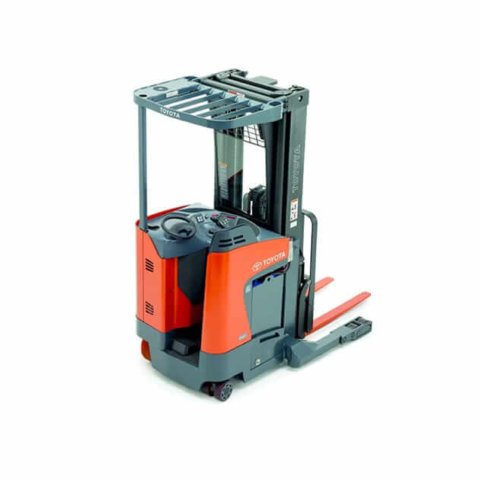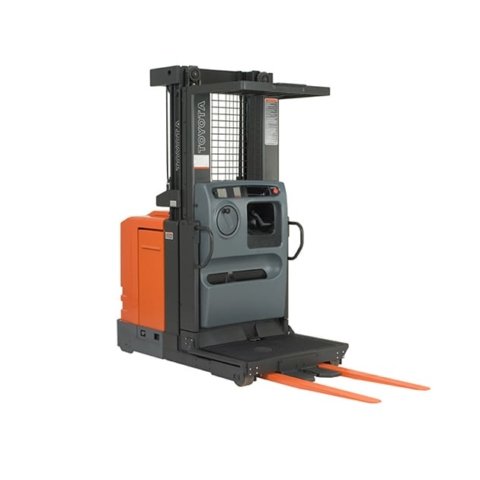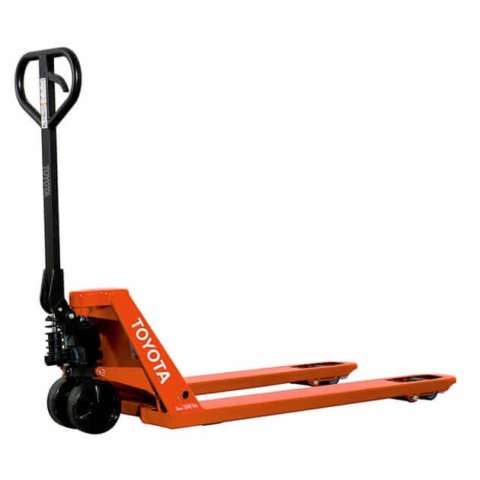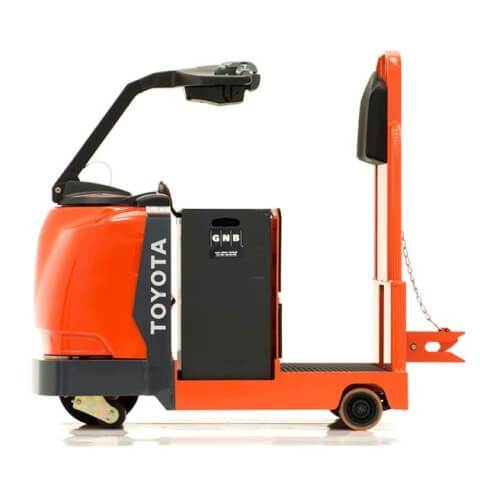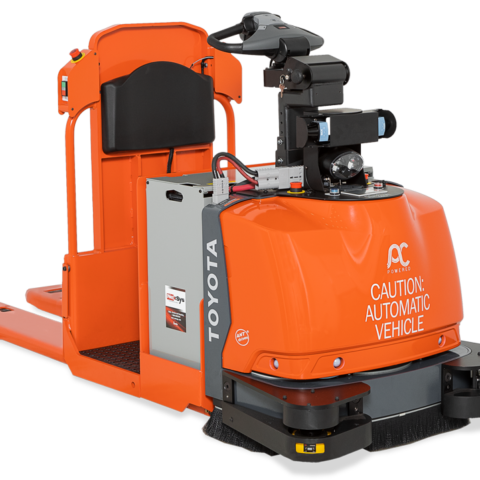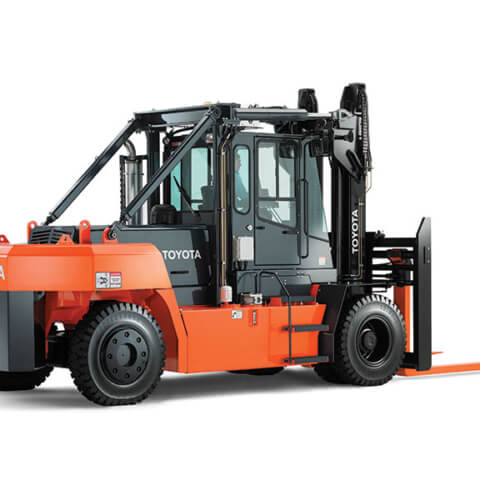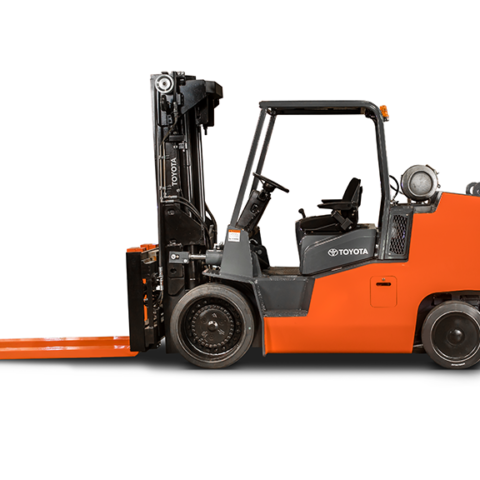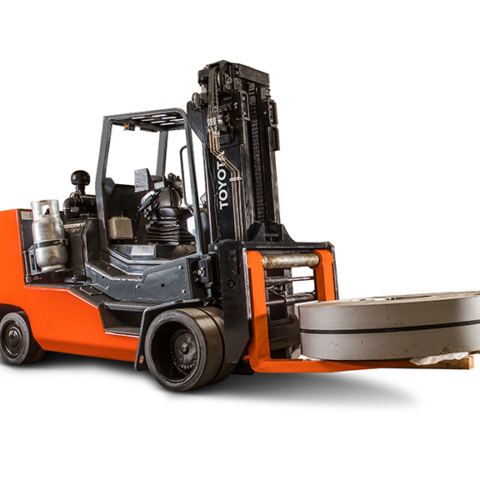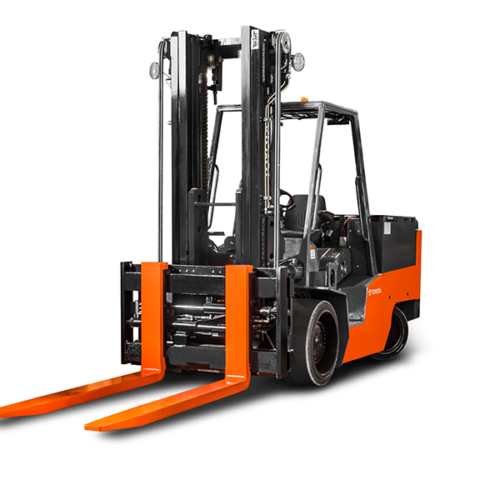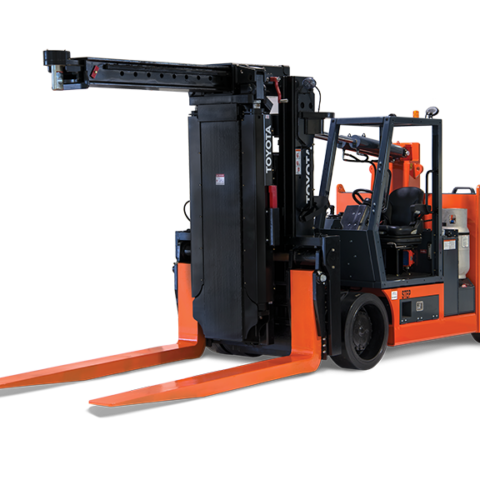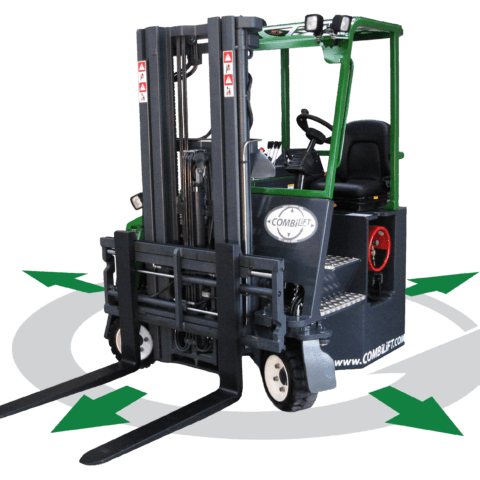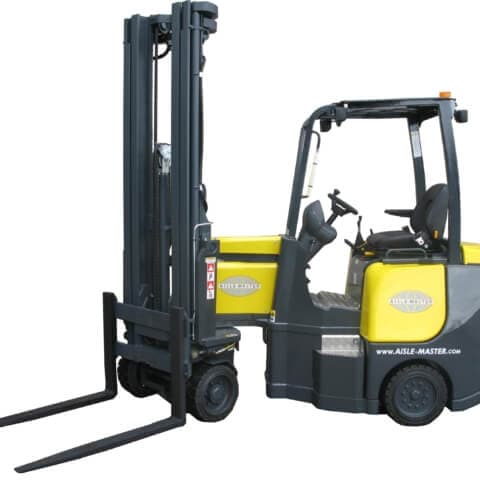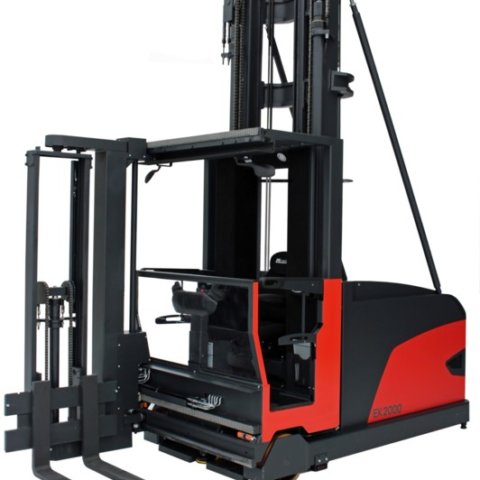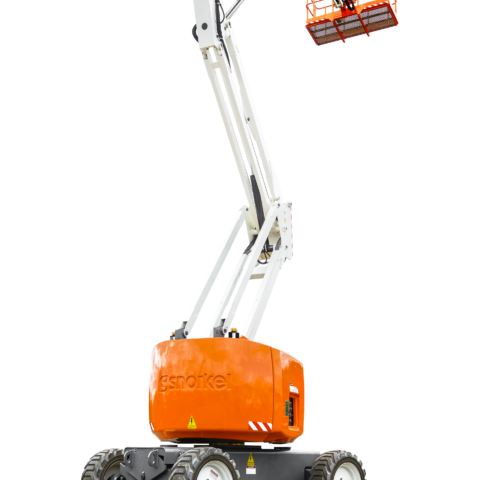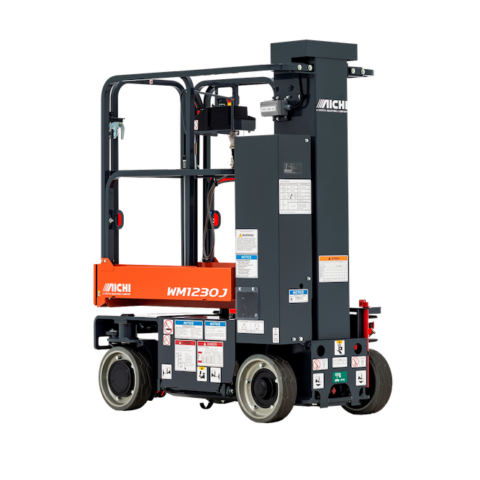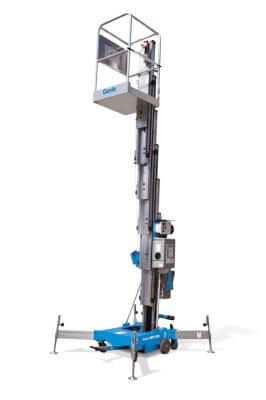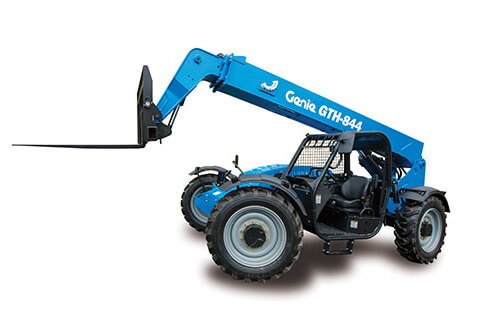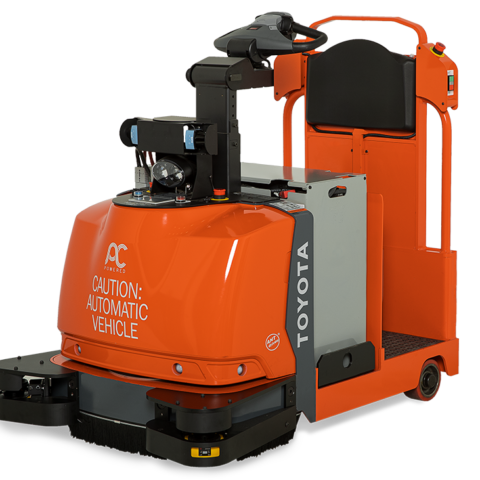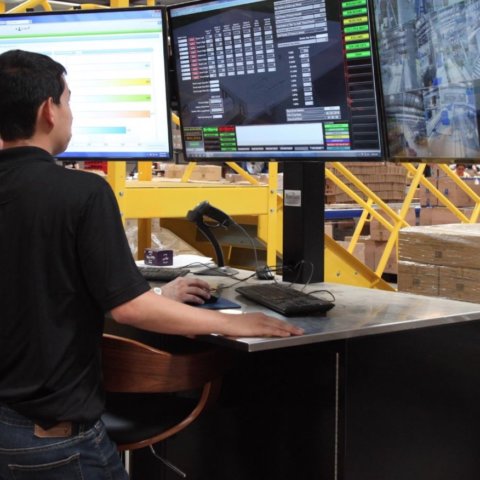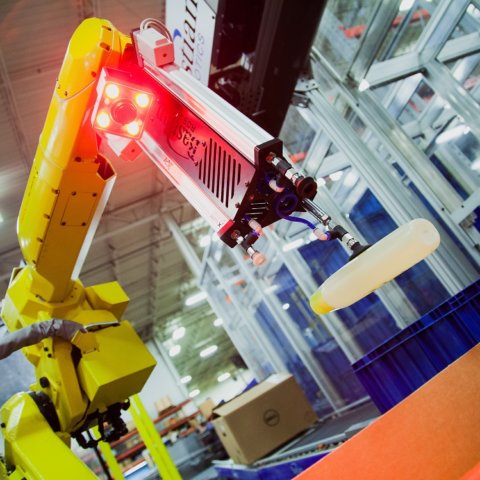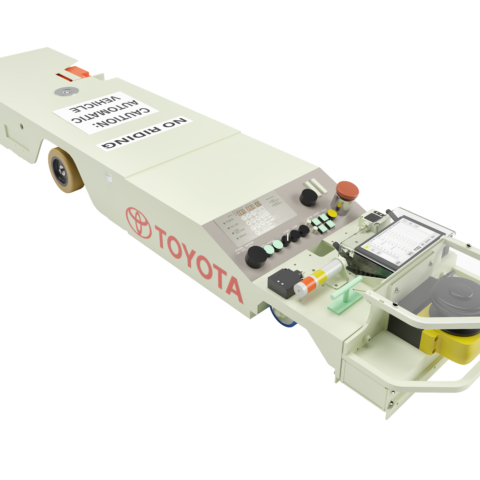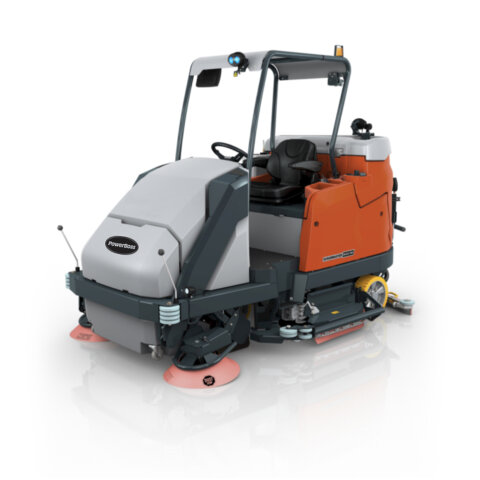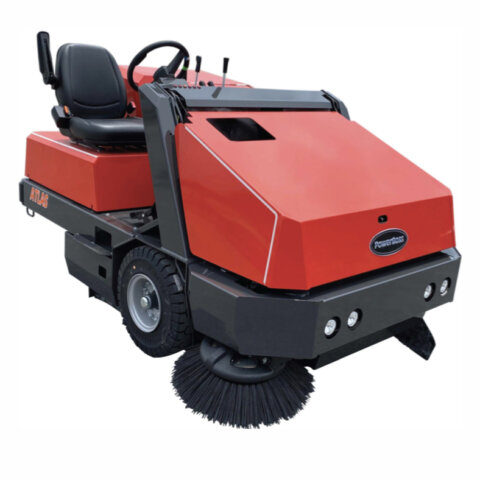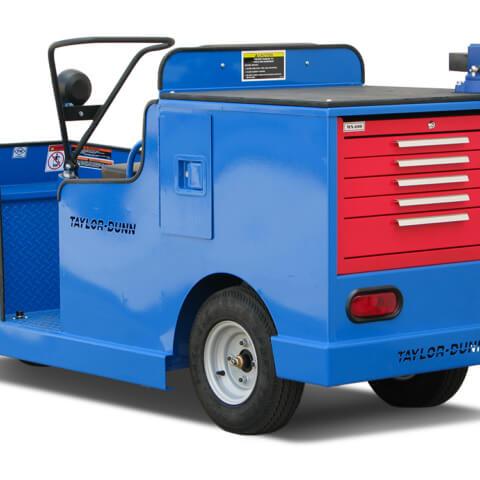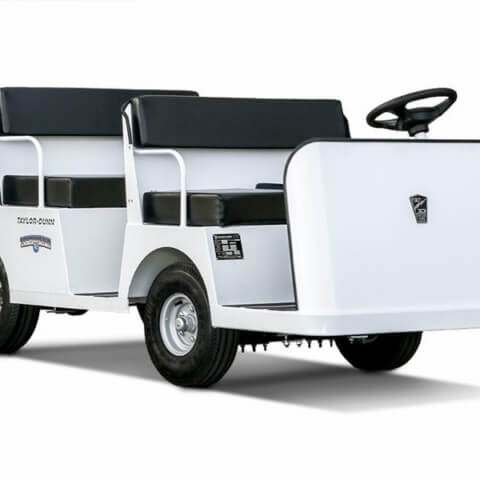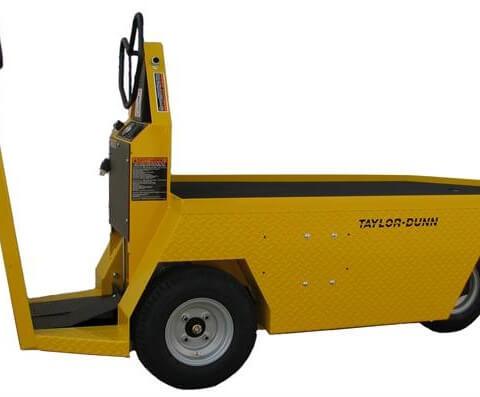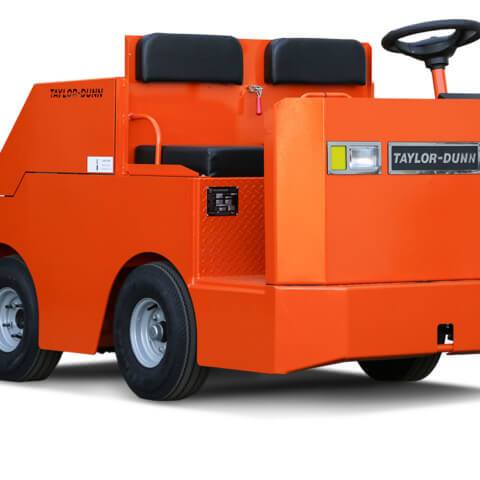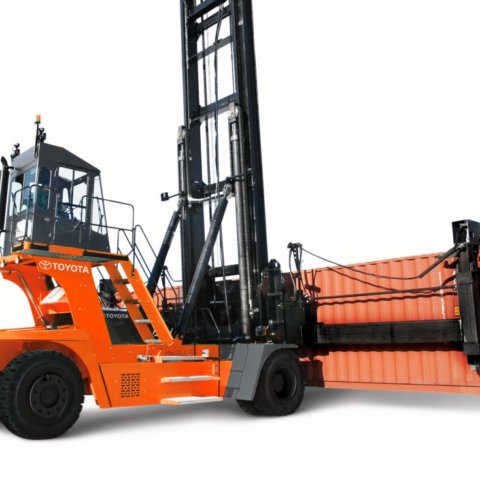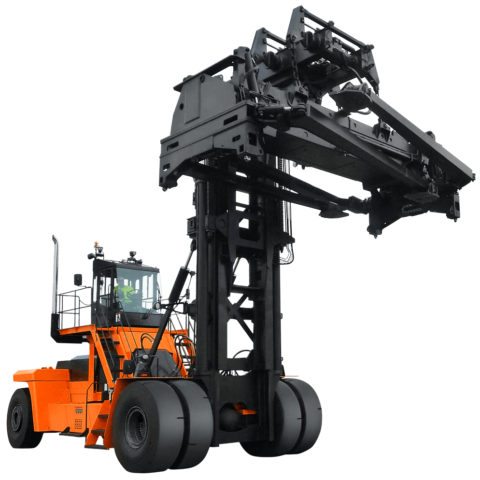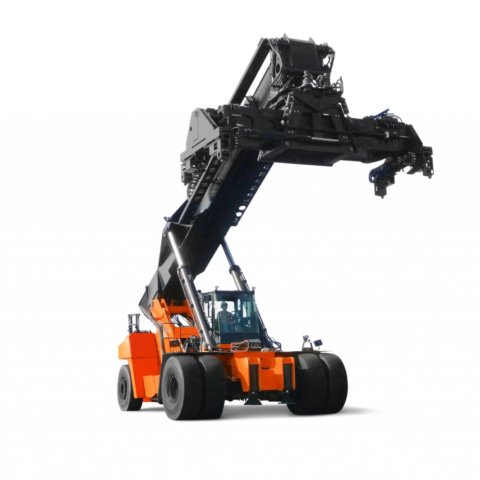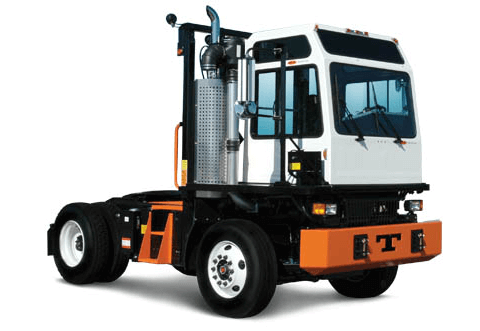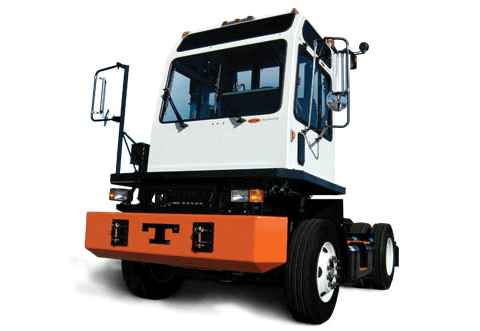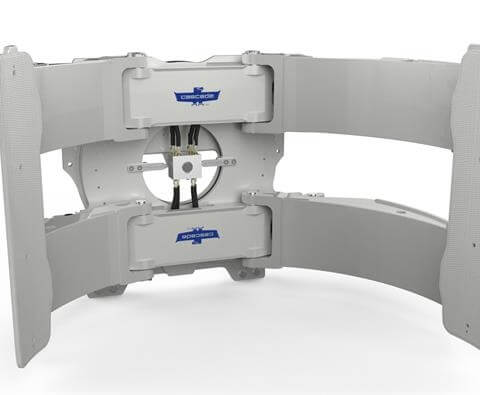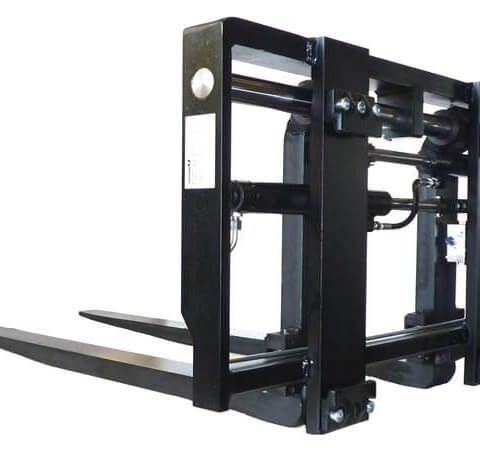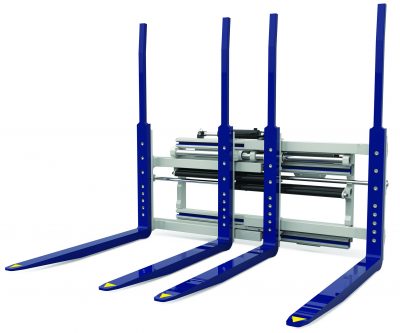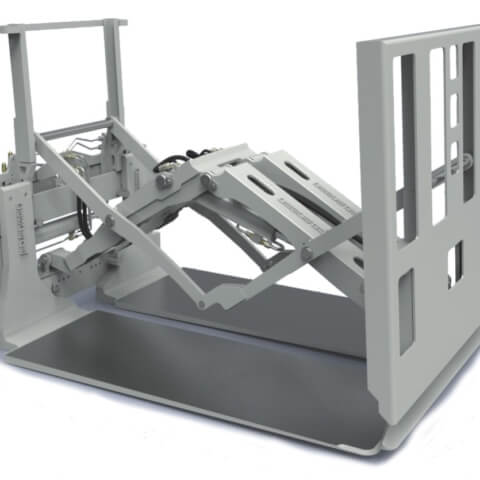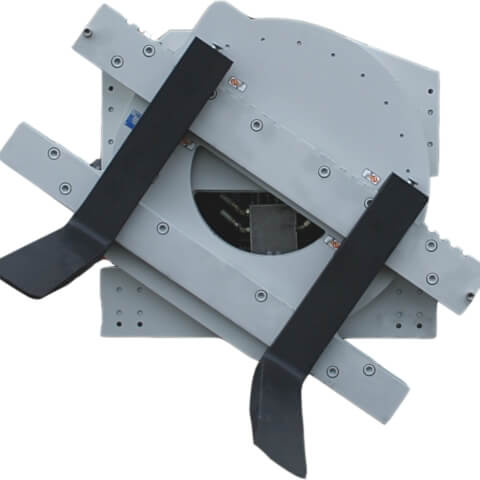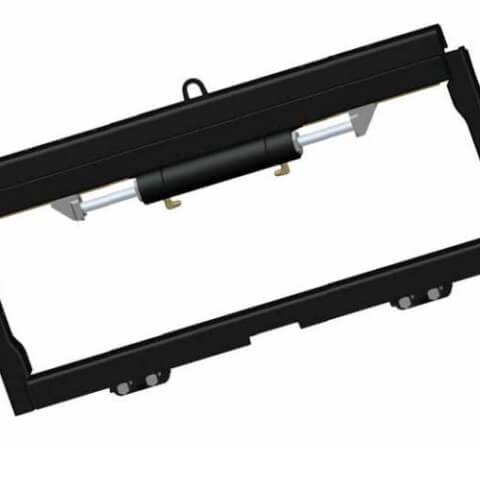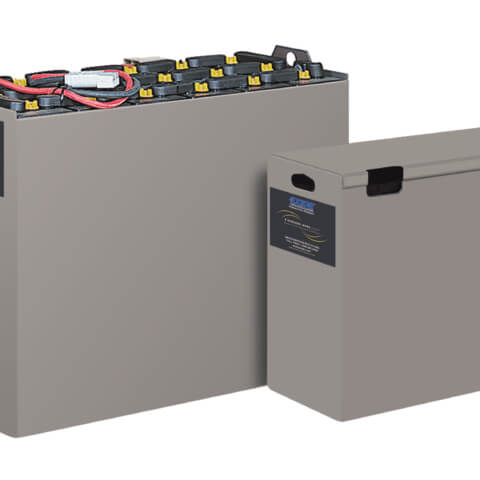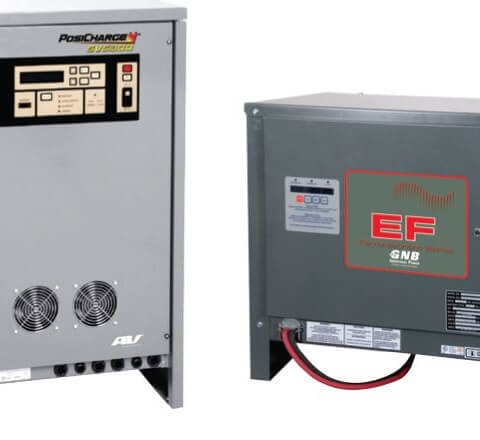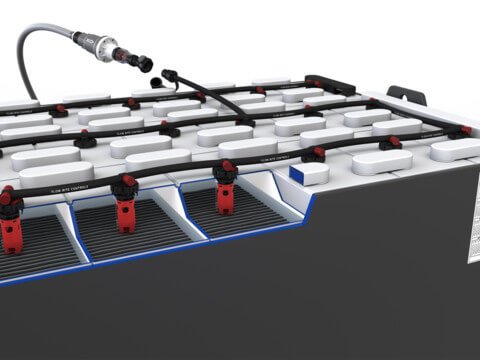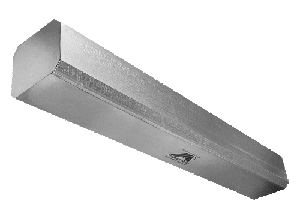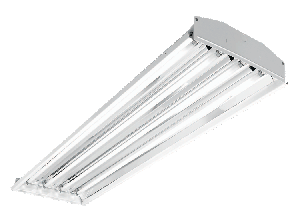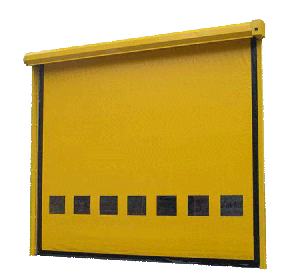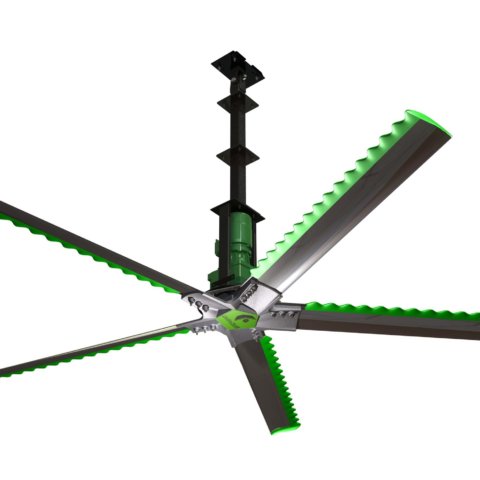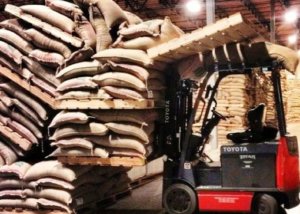
Welding a forklift overhead guard compromises its performance and safety. Contact an equipment specialist to discuss your forklift options. CONTACT EQUIPMENT SPECIALIST
The forklift overhead guard protects an operator from falling loads. Overhead guards for forklifts categorized as Class I, II, IV and V must meet the Falling Object Protection (FOP) requirement. In addition to the FOP standards, Class VII rough terrain forklifts with side operator cab locations must meet the Roll Over Protection (ROP) standard.
Forklift Overhead Guard Design
It is important to understand overhead guards are not designed to take the impact of a full capacity load dropped from an elevated height. Some overhead guards are designed to “crush and deflect.” While they protect the operator from partial or small loads, when heavy loads impact the overhead guard the leg receiving the heaviest impact is designed to crush and deflect the load to one side.
ANSI Requirements for Overhead Guards
ANSI (American National Standards Institute) does not test deflection capability but does test crush or maximum deformation. A bundle of lumber of a certain weight and size is the designated test load. The load is dropped from a specified height and the overhead guard must maintain minimum distances between the seat and steering wheel.
Repair & Replacement
Welding an overhead guard is not an acceptable repair and additions to overhead guards such as brackets for inventory control equipment, radios, weather protection or lights should be mounted by clamp brackets or other methods approved by the manufacturer. The design and testing of overhead guards helps to better understand why damages such as a crack in the weld, loose or missing mounting bolt or bent legs are safety concerns and result in the replacement of the overhead guard.
To discuss the replacement of your forklift’s overhead guard, contact ProLift to speak to an equipment specialist.
Contact Equipment Specialist
